FOUNDATIONS OF EXERCISE MECHANICS By LUCAS LEALOriginal title: Fundamentos de la Mecnica del Ejercicio.Title in English: Foundations of Exercise Mechanics.Author: Lucas Leal.Illustrator: Alex Santalo.Translator: Andrea Fuente Vidal Resistance Institute (Sarria Fitness S.L.) www.resistanceinstitute.com English Digital Edicin: 2020 All rights reserved. This book is protected by copyright. No part of this publication may be reproduced, transmitted, stored, or used in any form or by any means, graphic, electronic, or mechanical, including but not limited to photocopying, recording, scanning, digitizing, taping, web distribution, information networks, or information storage and retrieval systems, except with the prior written permission of the copyright owner. Infringement of copyright will be subject to legal action. TABLE OF CONTENT 1 FOUNDATIONS OF EXERCISE MECHANICS 1.1 Introduction to the Fundations of Exercise Mechanics FUNDAMENTOS DE LAS FUERZAS Y PROPIEDADES DE LAS CARGAS 2.1 What is force?
2.2 Forces and vectors
12
2.3 External and internal forces. 2.4 Forces: different names depending on the context
2.5 Creating resistances
22
2.6 Types of load
23
2.7 The human body responds to external forces...but it also creates reactive inertial responses through intention LEVER SYSTEMS 3.1 Creating a lever system. Linkages. 3.2 Linkages in the human body (Arthrokinematics)
3.3 Arthrokinematics in Physical Exercise and health
56
3.4 Anatomical directions
61
3.5 Axes and planes of movements
62
3.6 The kinematics of lever systems (linkages) 3.7 Instructional progression of lever systems for Physical Activity
3.8 Resistance profile and lever systems
103
3.9 Velocity and introduction to dynamic mechanics
105
FUNCIN MUSCULAR Y CONTROL ARTICULAR
4.1 Creating internal forces
113
4.2 Skeletal muscle: structure and function
4.3 Structure and contractile ability
114
4.4 Neurological control
117
4.5 Force and mechanical characteristics
122
4.6 Negotiating with forces and muscle participation
147
4.7 Traditional kinesiology and muscle participation
165
4.8 Stability and resistance training: muscle participation
4.9 Muscle control
175
Bibliography
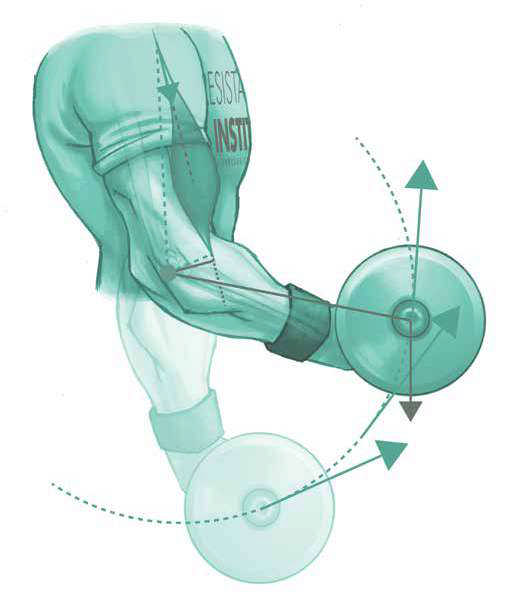 FOUNDATIONS OF EXERCISE MECHANICS
FOUNDATIONS OF EXERCISE MECHANICS - 4
INTRODUCCIN A LFOUNDAOS FUNDAMENTOS DE LA MECTIONS OF EXERCISE MECHANICSNICADEL EJERCICIO1.1 INTRODUCTION TO THE FOUNDATIONS OF EXERCISE
MECHANICS
My age being what it is, universal acceptance of what we are now doing may not come within my lifetime; butit will come, because what we are doing is clearly established by simple laws of basic physics that cannot bedenied forever. Arthur Jones
In 2001, I started looking at exercise through renewed eyes, getting away from the traditional focus on basicphysical abilities and muscle group-oriented training. 3.2 Linkages in the human body (Arthrokinematics)3.3 Arthrokinematics in Physical Exercise and health
56
3.4 Anatomical directions
61
3.5 Axes and planes of movements
62
3.6 The kinematics of lever systems (linkages) 3.7 Instructional progression of lever systems for Physical Activity3.8 Resistance profile and lever systems
103
3.9 Velocity and introduction to dynamic mechanics
105
FUNCIN MUSCULAR Y CONTROL ARTICULAR4.1 Creating internal forces
113
4.2 Skeletal muscle: structure and function4.3 Structure and contractile ability
114
4.4 Neurological control
117
4.5 Force and mechanical characteristics
122
4.6 Negotiating with forces and muscle participation
147
4.7 Traditional kinesiology and muscle participation
165
4.8 Stability and resistance training: muscle participation4.9 Muscle control
175
Bibliography  FOUNDATIONS OF EXERCISE MECHANICS - 4 INTRODUCCIN A LFOUNDAOS FUNDAMENTOS DE LA MECTIONS OF EXERCISE MECHANICSNICADEL EJERCICIO
FOUNDATIONS OF EXERCISE MECHANICS - 4 INTRODUCCIN A LFOUNDAOS FUNDAMENTOS DE LA MECTIONS OF EXERCISE MECHANICSNICADEL EJERCICIO1.1 INTRODUCTION TO THE FOUNDATIONS OF EXERCISE
MECHANICS
My age being what it is, universal acceptance of what we are now doing may not come within my lifetime; but it will come, because what we are doing is clearly established by simple laws of basic physics that cannot be denied forever. Arthur Jones In 2001, I started looking at exercise through renewed eyes, getting away from the traditional focus on basic physical abilities and muscle group-oriented training.
That is when my journey towards understanding humanmotion-applied Physics and Engineering began. I then realized that exercise and Engineering were very muchrelated, and a new perspective on Physical Activity and Sports Science was coming about. Lucas Leal This fascinating journey towards Exercise Mechanics started over a decade ago. The author will now go on to explain his vision on physical conditioning and will offer guidance to help professionals better apply their knowledge. LOOKING AT EXERCISE WITH NEW EYES When thinking about exercise, many people in our happen when you acquire deeper understanding, deeper field choose to disregard the evidence of Physics when knowledge. Even though it may not be easy to visualize considering exercise. They often also choose to ignore the forces, these are always present and they are responsible challenge of understanding the most complex engineering for any change our body experiences.
Exercise professionals of all: Human Engineering. Understanding these fields is a will be on their way to understanding Exercise Mechanics must if we want to get deeper into the least explored branch when they: of Biomechanics: Exercise Mechanics. It is essential that we - can visualize the applied forces and be able to manipulate achieve a sound knowledge of forces as applied, generated them, and tolerated by the body system. - know what constitutes an appropriate neuromuscular response to those forces, are able to assess the characteristics The reward to this effort will be worthwhile. A profound and effects of forces, comprehension of Exercise Mechanics will make it possible - understand a structures tolerance to those forces, for the exercise specialist to gain a whole new perspective. - know human structures and their force control mechanisms.
They will then see through renewed eyes, and this will enable them to analyze the invisible; that which is not seen Professionals will then be able to understand exercise but is, indeed, present in every movement, every method, beyond well-established myths. Their new eyes will give every piece of equipment. me better judgment to analyze the foundations of physical activity. The movie Matrix constitutes a good example of what does FORCES AND EXERCISE MECHANICS The human body doesnt know a thing about methods, or
Next page
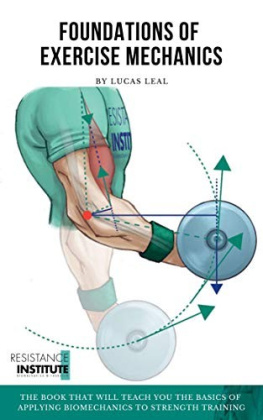

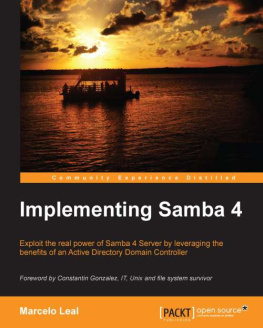


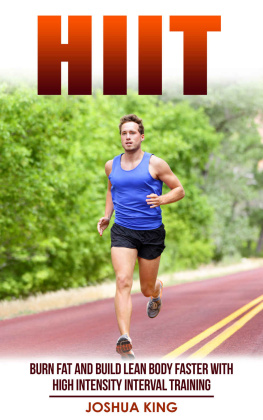
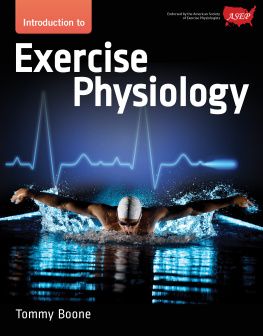

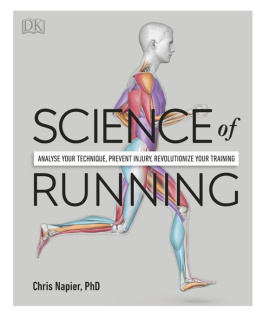
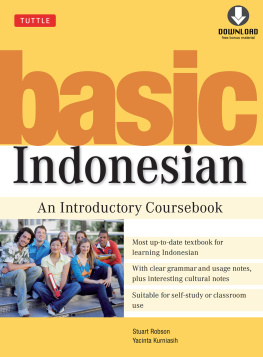

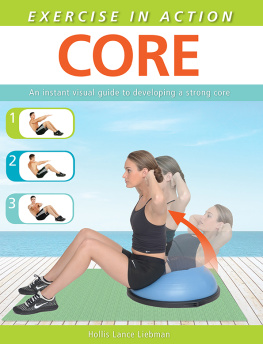
 FOUNDATIONS OF EXERCISE MECHANICS - 4 INTRODUCCIN A LFOUNDAOS FUNDAMENTOS DE LA MECTIONS OF EXERCISE MECHANICSNICADEL EJERCICIO
FOUNDATIONS OF EXERCISE MECHANICS - 4 INTRODUCCIN A LFOUNDAOS FUNDAMENTOS DE LA MECTIONS OF EXERCISE MECHANICSNICADEL EJERCICIO